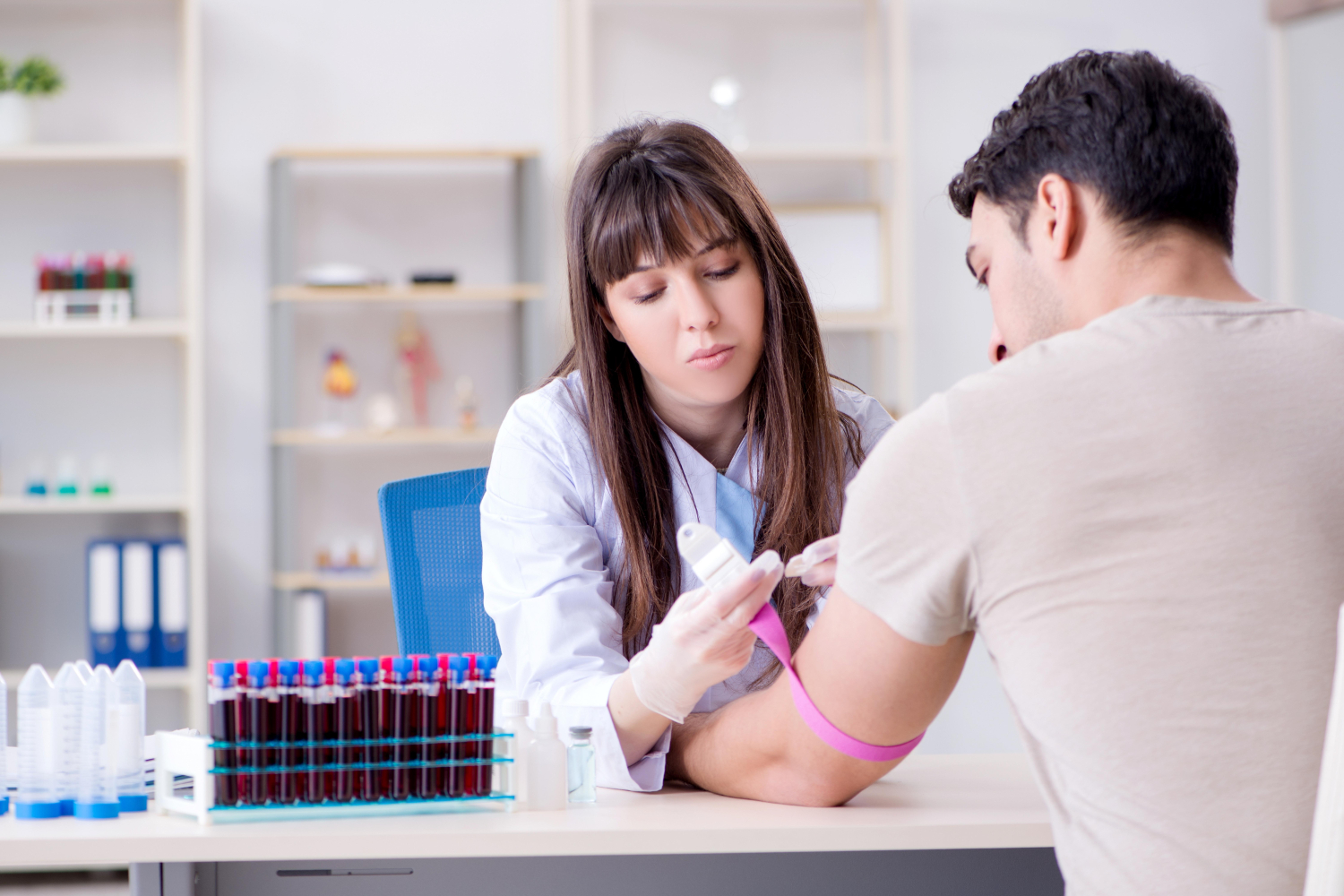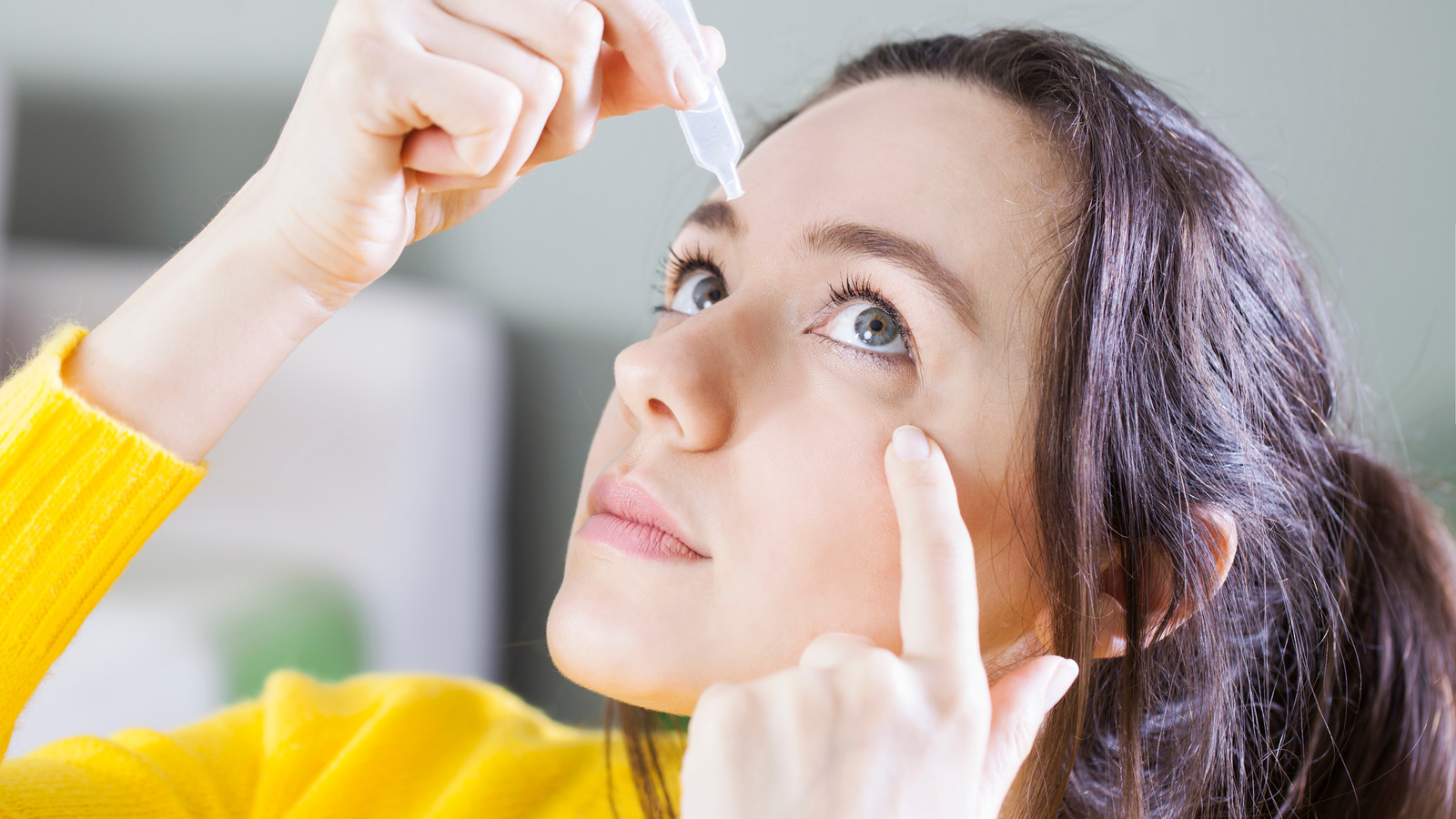Sexually transmitted diseases (STDs) are a widespread health concern. According to the World Health Organization, millions of individuals contract STDs every day, yet many remain unaware due to the absence of noticeable symptoms in the early stages.
Regular testing is vital to safeguard both individual and public health. Among the variety of diagnostic tools available, blood tests play a pivotal role in detecting some STDs. But can blood tests detect all STDs? This blog will explore the specifics of blood tests and their ability to help identify sexually transmitted infections.
What Are the Common Methods of STD Detection?
There are several ways to screen for STDs. Medical practitioners use these methods based on the specific STD being tested for and the patient’s symptoms:
- Blood Tests – Used to detect infections carried in the bloodstream by identifying related antibodies or antigens.
- Urine Tests – Helpful for diagnosing certain bacterial STDs, such as chlamydia and gonorrhea.
- Swab Tests – Samples taken from the genital area, throat, or rectum to detect specific infections.
- Physical Examinations – Used to visually assess symptoms such as sores or rashes.
Among these methods, blood tests stand out for their reliability when identifying particular STDs.
Can Blood Tests Show STDs?
Yes, blood tests can detect certain STDs by identifying antibodies or antigens your body produces in response to infections. However, not all STDs can be diagnosed through blood tests. Here’s a breakdown of which infections blood tests can and cannot identify.
STDs Detectable by Blood Tests
- HIV (Human Immunodeficiency Virus):
Blood tests are the primary method for diagnosing HIV. They look for antibodies and antigens associated with the virus.
- Syphilis:
Blood tests detect antibodies produced by your body in response to syphilis-causing bacteria.
- Hepatitis B and C:
These are viral infections affecting the liver and can be identified through blood tests that detect surface antigens or antibodies.
- Herpes (HSV-1 and HSV-2):
Blood tests can identify antibodies generated against the herpes simplex virus, even in asymptomatic cases.
- Sample Collection: A healthcare provider draws a small amount of blood from a vein in your arm using a sterile syringe.
- Sample Testing: The sample is sent to a laboratory where sophisticated testing methods identify antigens, antibodies, or genetic material related to specific STDs.
- Results Interpretation: Once analyzed, the lab reports identify whether the infection is active, chronic, or resolved.
STDs That Cannot Be Detected by Blood Tests
Not all STDs produce biomarkers that can be traced in the bloodstream. Examples include:
- Chlamydia: Requires a urine or swab test.
- Gonorrhea: Diagnosed with a urine test or swab from the affected area.
- Human Papillomavirus (HPV): Needs a Pap smear or HPV test, especially for those at risk of cervical cancer.
- Trichomoniasis: Often identified through vaginal swabs or urine tests.
For these infections, blood tests are either ineffective or unnecessary.
Why Are Blood Tests Important for STD Diagnosis?
Blood tests offer unique advantages when it comes to diagnosing STDs:
Benefits:
- High Accuracy: Blood tests provide reliable results, especially for chronic or systemic infections such as HIV and syphilis.
- Non-Invasive Option: While swab tests may cause discomfort, blood tests are minimally invasive for most individuals.
- Long-Term Insights: A blood test can identify past but resolved infections, offering insight into your long-term health status.
Limitations:
- Timing Matters: Many STDs have an incubation period, during which blood tests may produce false negatives. For example, syphilis requires at least three weeks of infection to be detectable via blood tests.
- Limited Scope: Blood tests cannot detect STDs like chlamydia or gonorrhea, requiring complementary testing methods.
How Soon After Exposure Can STDs Be Detected by Blood Tests?
Detection timelines vary by infection due to different incubation periods. Here’s a quick guide:
- HIV: 10 days to 6 weeks (depending on the test type).
- Syphilis: 3 to 6 weeks post-exposure.
- Hepatitis B: Within 2 to 6 months after infection.
- Herpes: 1 to 4 months following exposure.
Consult your healthcare provider to determine the optimal testing timeline for potential exposure.
Breaking Myths About Blood Tests and STDs
Do Blood Tests in Routine Panels Show STDs?
No, STD screening is not included in regular blood work for general health. You must specifically request STD testing from your healthcare provider.
Can Blood Tests Detect All STDs?
While effective for certain infections, blood samples cannot diagnose bacterial infections like chlamydia or parasitic infections like trichomoniasis.
How to Prepare for an STD Blood Test
- Be Honest: Share your symptoms, exposure risks, and sexual history with your provider. This ensures the right tests are conducted.
- Follow Guidance: If advised, wait for the recommended post-exposure timeline before testing to improve accuracy.
- Reduce Anxiety: Testing is confidential and conducted with respect to your privacy—don’t hesitate to ask about your rights.
Safeguard Your Health with Regular Testing
Frequent STD testing is essential for anyone who is sexually active to detect infections early, prevent complications, and protect both themselves and their partners.
Benefits of Regular Testing Include:
- Early detection leading to timely treatment.
- Prevention of transmission, supporting public health.
- Peace of mind when screening is part of your sexual health routine.
Final Thoughts
Blood tests are a vital tool for diagnosing several STDs, including HIV, syphilis, and hepatitis B. While they are accurate and efficient, it’s important to recognize their limitations.
Complementary testing methods such as swabs and urine tests are often necessary for a comprehensive understanding of your sexual health status. Remember, the key to managing and preventing STDs lies in regular testing and open communication with your healthcare provider.
If you’re unsure about your needs or when to test, schedule a consultation with your doctor or visit a sexual health clinic to take control of your health.
















